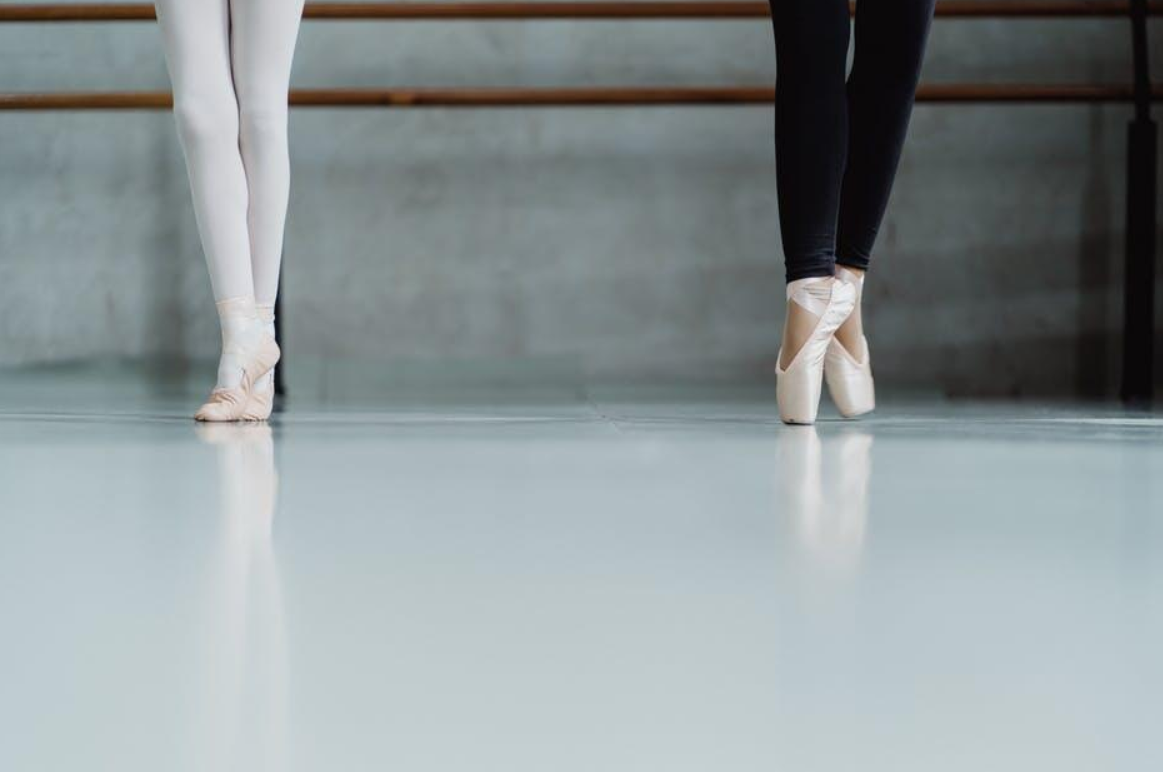Creating a home dance studio is an exciting project. One of the most important choices you’ll make is selecting the right flooring.
The flooring you pick affects comfort, safety, and how well you can practice or perform. Whether you dance ballet, hip hop, tap, or ballroom, the surface beneath your feet makes a big difference.
This guide will walk you through the key factors to consider when choosing the perfect flooring for your home dance studio.
Why Flooring Matters in a Home Dance Studio
Dance puts a lot of stress on the body. Without the right flooring, you may face injuries, fatigue, or unnecessary strain. Flooring also influences how well you can execute moves.
For example, a surface that’s too slippery can make turns dangerous, while one that’s too sticky can prevent smooth movement. By investing in proper dance flooring, you create a safe and enjoyable space to train or perform.
Safety First: Shock Absorption and Cushioning
One of the most critical factors to look for in dance flooring is shock absorption. Dancing involves jumping, stomping, and fast movements. Hard floors like concrete may cause joint pain, shin splints, or long-term injuries.
A sprung floor or cushioned subfloor helps absorb impact. This reduces stress on the knees, ankles, and hips. If a full sprung floor is not possible, adding foam or rubber underlayment beneath your dance floor can provide extra cushioning.
Durability and Longevity
Home dance studios often double as multipurpose rooms. This means the flooring must be durable enough to handle not only dance practice but also daily use.
Vinyl and marley flooring are popular because they withstand heavy use. They are scratch-resistant, easy to clean, and long-lasting. Hardwood can also be durable, but it requires more maintenance and may not be ideal for all dance styles.
Ease of Installation
For a home studio, you’ll want flooring that’s easy to install and, if necessary, remove. Interlocking panels, roll-out marley floors, or portable sprung floor systems are convenient options. Many can be installed without glue or nails, making them renter-friendly and flexible for different spaces.
Maintenance and Cleaning
Dance floors must be kept clean to prevent slips and maintain their optimal condition. Vinyl and marley flooring are easy to clean with mild cleaners. Hardwood floors may require polishing and extra care to avoid scratches.
When choosing, consider how much time you can dedicate to maintaining your studio. Low-maintenance flooring is often the best choice for busy dancers.
Comfort and Feel Underfoot
Comfort is often overlooked but plays a big role in how you feel during practice. Some flooring materials can be too hard or too soft. You’ll want a balance that feels stable but not punishing on your feet. Test samples whenever possible to ensure the surface feels right for your dance style.
Aesthetic and Atmosphere
Your home studio should inspire you. Flooring contributes to the overall look and feel of the space. Light-colored marley or wood floors create a professional studio vibe, while darker shades may add elegance. Consider how the flooring matches with mirrors, lighting, and the general design of your room.
Budget Considerations
Budget is always a factor. Prices vary widely depending on the type of flooring. Hardwood floors are beautiful but costly. Marley and vinyl are more affordable while still professional. Portable flooring systems allow you to start small and expand over time.
When budgeting, include costs for underlayment, installation, and maintenance supplies. Remember, investing in proper dance flooring is a long-term commitment to your safety and performance.
Sound and Acoustics
For dance styles like tap or flamenco, sound matters. Hardwood or specialized tap dance flooring creates clear, vibrant sounds. On the other hand, ballet and contemporary dancers may prefer quieter floors. Consider the acoustics of your space and how your flooring choice will impact both practice and performance.
Space and Flexibility
Not every home has a dedicated studio. Some dancers set up in basements, garages, or spare rooms. If space is limited, portable flooring solutions may be best.
Roll-out marley floors can be stored away when not in use. Interlocking panels can be assembled quickly and taken apart for storage. This flexibility makes it possible to create a studio even in small spaces.
Moisture and Temperature Concerns
If your studio is in a basement or garage, moisture may be a concern. Vinyl and marley floors handle humidity better than wood. Rubber underlayment can also protect against moisture damage. Temperature changes may cause wood to expand or contract, so choose materials that perform well in your environment.
Professional-Grade Options for Home Studios
Professional dance floors are no longer limited to big studios. Today, you can order high-quality flooring designed specifically for home use.
If you want a trusted source, you can shop here for Marley, sprung floors, and accessories tailored to dancers. Professional-grade options ensure you get the same feel and safety as a commercial studio.
Planning for Long-Term Use
Think about how you’ll use your studio over the years. Are you creating it for personal practice, teaching, or even small performances? Will the space need to be flexible for other household uses? Planning helps you choose flooring that can grow with your needs and remain useful for years.
Eco-Friendly Options
For environmentally conscious dancers, eco-friendly flooring is an option. Bamboo and cork provide sustainable alternatives. Recycled vinyl floors are also available. These choices reduce environmental impact while still offering performance and durability.
Expert Advice and Support
If you’re unsure which flooring is right for you, don’t hesitate to seek expert advice. Flooring suppliers often provide guidance based on your dance style, budget, and room setup. Professional input ensures you make the best decision and avoid costly mistakes.
Create the Perfect Flooring for Your Dance Practice
The perfect flooring is the foundation of a safe and inspiring home dance studio. By considering factors such as safety, durability, dance style, budget, and aesthetics, you can create a space that supports both your health and your passion. Remember to match the flooring to your dance needs and environment for the best results.
Ready to transform your space into a professional-quality dance studio? Start by exploring trusted options and make your dream a reality today.
Did you enjoy this article? Check out the other great articles on the website!











